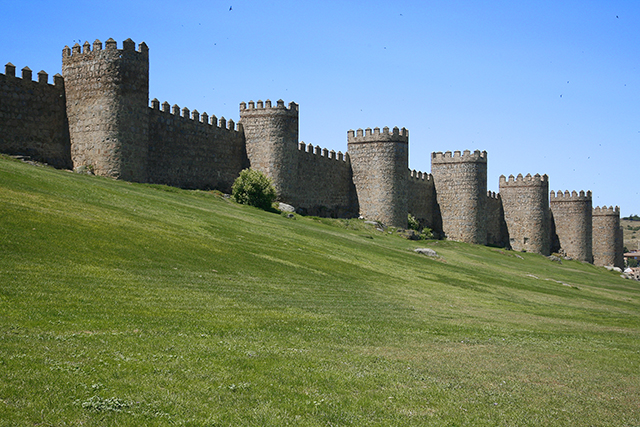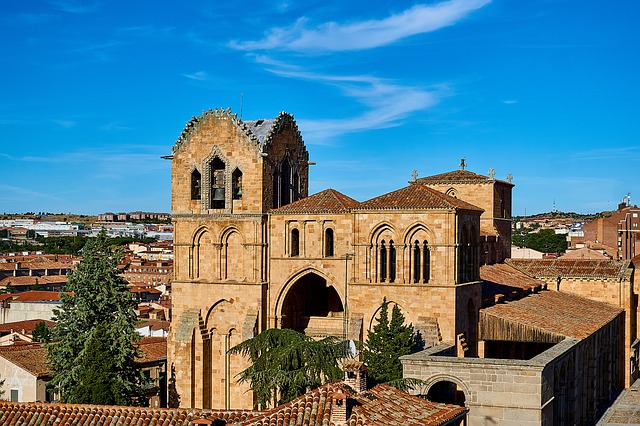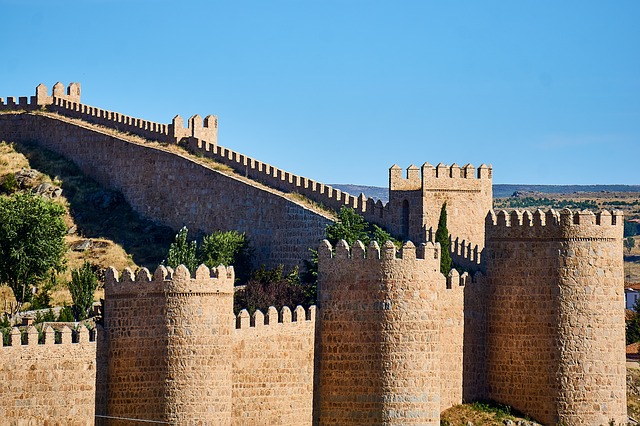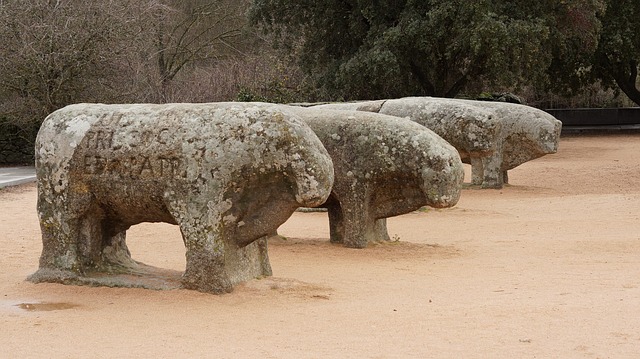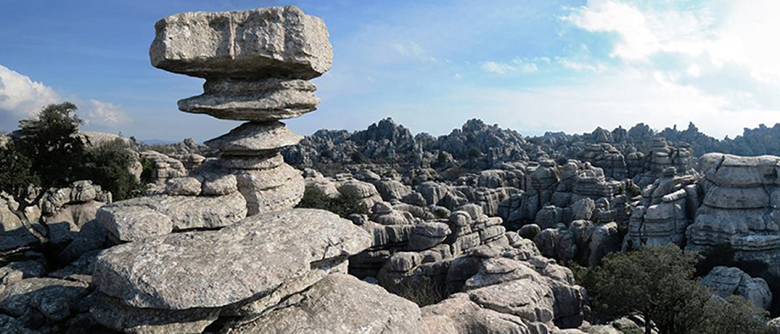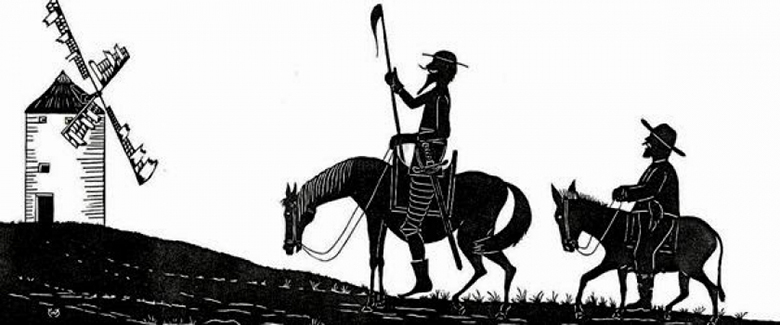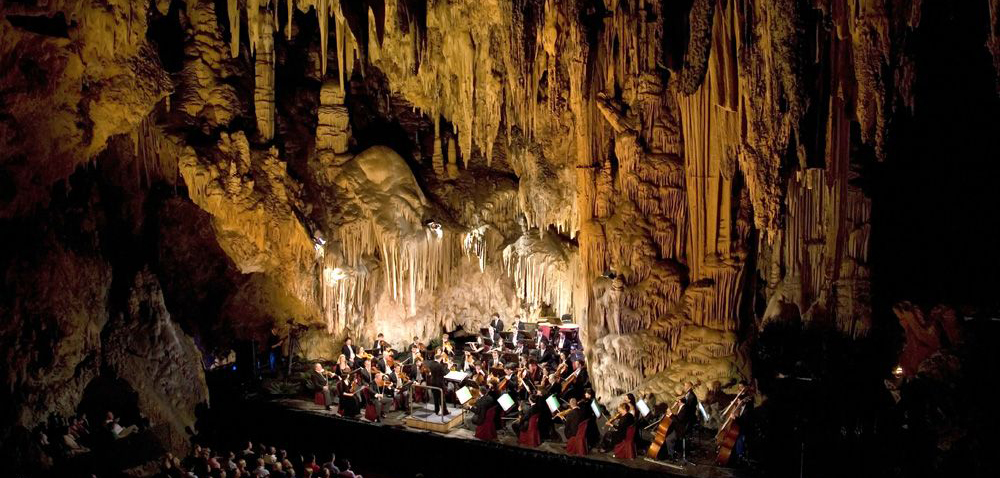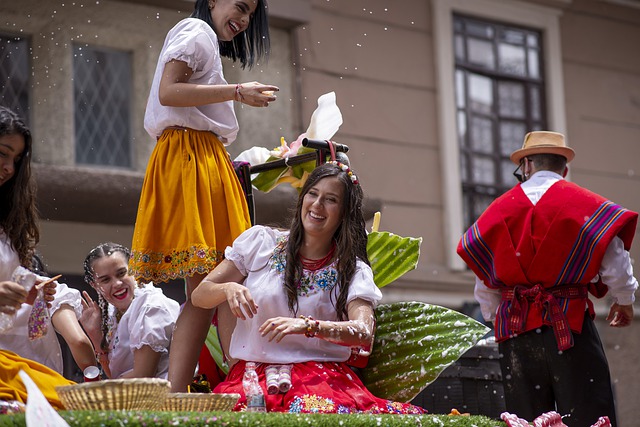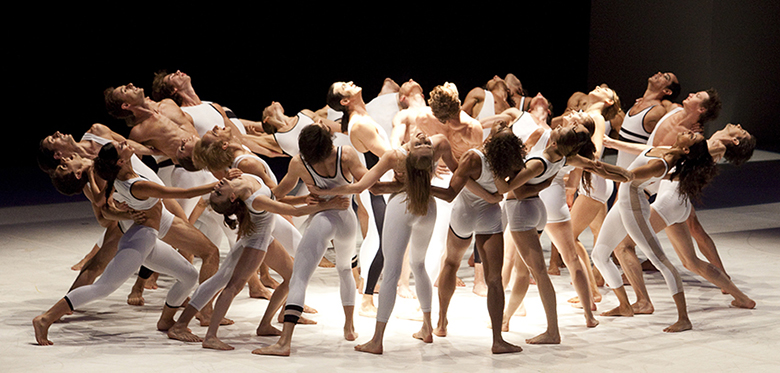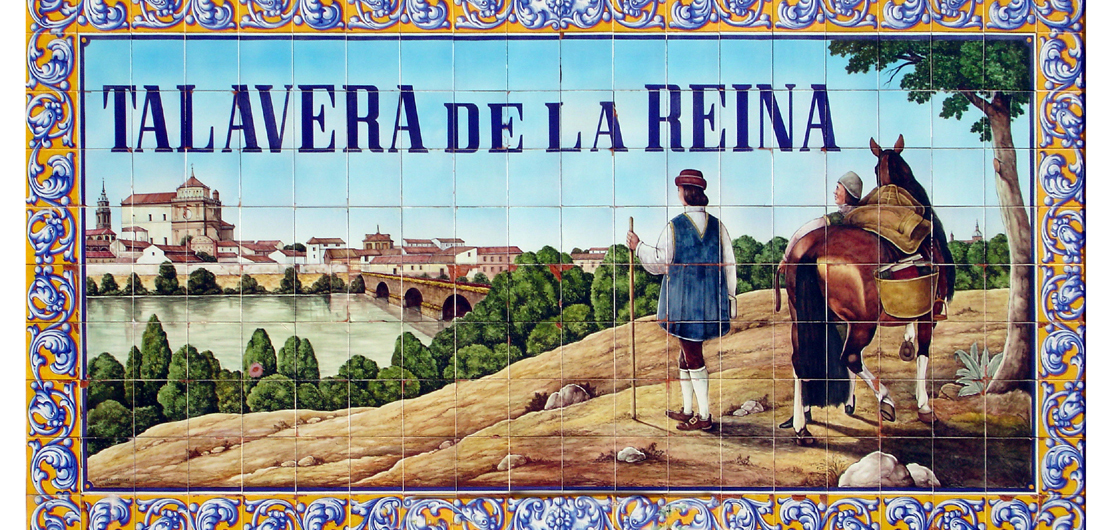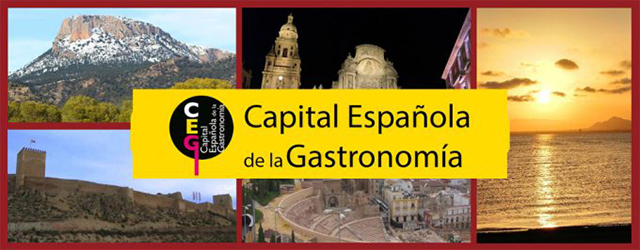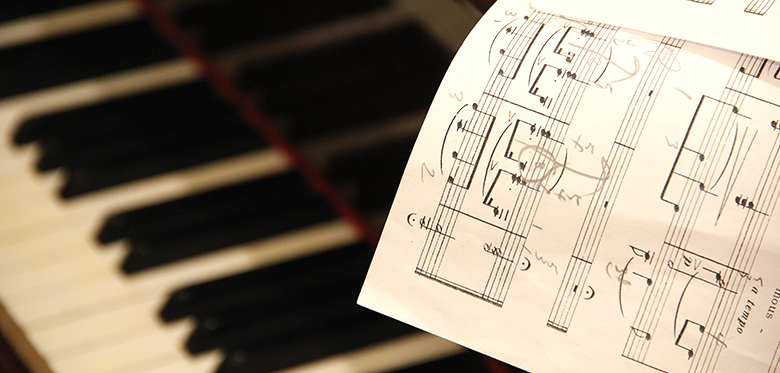Sheltered by the Sierra Gredos Mountains of Castile-Leon is the stunning World Heritage City of Ávila. Behind its city walls lies a precious set of churches and Renaissance palaces, bearing evidence to the past wealth of the town. Being the birthplace of Saint Teresa of Jesus also marks the city, and there are many religious buildings linked to the saint’s life, both inside and outside the city walls.
One of Europe’s great historical sites
Ávila’s long history begins with an ancient Celtiberian settlement founded around the year 700 BC. When the Romans arrived in the 3rd century BC, the first wall was built and Ávila became an important defensive location. It grew from then on, reaching its greatest splendor in the 16th century, when wool manufacture launched its economy. The relics of this rich history are abundant throughout the city, especially in its historic center.
The symbol of the city is its wall, one of the best preserved in Europe. With 100 towers, it is a sight to behold. The Los Leales Gate, one of the main entries to the old town, leads straight to the Medieval cathedral. Inside there are intricate alabaster reliefs, while the Diocesan Museum holds monumental works of art. There are also many medieval sites, like the Plaza de los Dávila, with more than twelve Renaissance noble houses, including the mansion of Los Velada, and the palaces of Los Valderrábano and Núñez Vela. These are just a few of more than one hundred stately houses that were built in Ávila from the 16th to the 18th century, and still remain today.
Apart from its rich history of nobility, Ávila was also the birthplace of famous Spanish mystics, such as Saint Teresa of Jesus and Saint John of the Cross. There are many sites to visit that were significant to the saints, such as the Monastery of La Encarnación, where Saint Teresa lived as a nun for more than 20 years.
Beyond the city wall
The main attraction for most visitors to Ávila is its historic center, but don’t stop exploring when you reach the city wall. The region also offers some great archaeological findings, like Toros de Guisando, a set of ancient Celtic stone sculptures. For a break from history, enjoy the Sierra de Gredos Regional Nature Reserve, a great option for nature lovers.
There are also important towns in the province, such as Arévalo, a beautiful example of Mudejar style from Ávila and designated a Historic-Artistic Site; Madrigal de las Altas Torres, the birthplace of Catholic Queen Isabella; Las Navas del Marqués, with Magalia Castle; and El Barco de Ávila, with the Gothic church of Nuestra Señora de la Asunción 14th century) and Castillo de Valdecorneja.
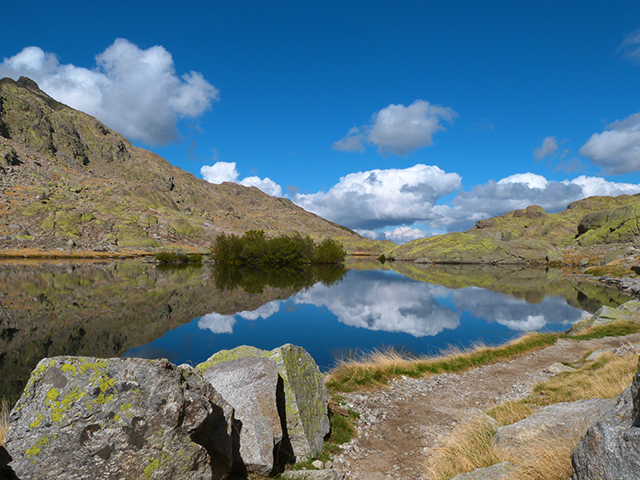 © Miguel Angel Hontanilla Pozo
© Miguel Angel Hontanilla Pozo
Make Ávila a stop on your tour
If your group will be in Castile-Leon, don’t miss out on the chance to experience Ávila. There are few places as rich in history and culture – and exceptional options for dining and accommodation will make this destination a favorite for your groups!
